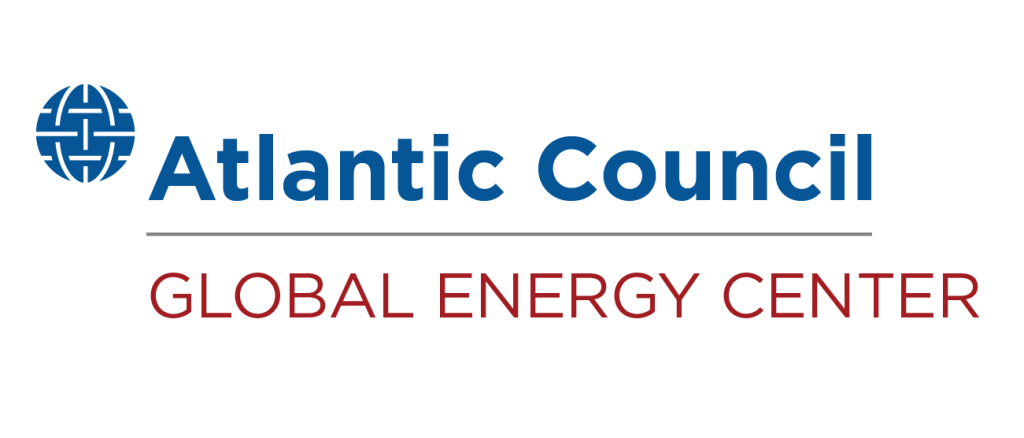Yes, you can mine Bitcoin and contribute to the climate effort
Amid the recent news of leading crypto exchange FTX’s collapse, and as countries move to implement post-COP27 climate goals, the question of the sustainable future of cryptoassets has never been more relevant.
On September 8, the White House Office of Science and Technology Policy (OSTP) released a report claiming that the environmental impact of producing cryptocurrencies could “hinder US efforts to combat climate change.” President Biden ordered the study in March as part of a sweeping order on digital assets. In the coming months, other federal agencies and offices, including the Environmental Protection Agency (EPA) and the US Department of Energy (DOE), are expected to issue recommendations and reports on how the US should regulate the asset class to adapt to net-zero carbon emissions goals. Immediate criticism from OSTP seems to cast a shadow on the mining process. But recent developments, such as Ethereum’s “pooling” and renewable energy’s ability to mine to support the grid transition, position crypto as a strategic tool to meet US climate goals.
Shortly after the report’s release, Ethereum performed the so-called merger, which reduces the asset’s energy consumption by an estimated 99.9 percent. By transferring the digital machinery that secures the second largest cryptocurrency by market capitalization from an energy-intensive proof of work (PoW) to a property-based proof of stake (PoS) verification, Finland’s energy consumption is similarly conserved.
This overhaul not only lowers Ethereum’s profile as a major contributor to crypto’s carbon footprint, but is also beneficial to the platform’s long-term function and vision. Unlike Bitcoin, Ethereum aims to be a blockchain platform for smart contracts and decentralized applications, and has little prospect of becoming a monetary system. The growing popularity of the Ethereum blockchain, which hosts a majority of non-fungible tokens (NFT), decentralized finance (DeFi) and other web3 applications, has begun to overwhelm the system. Therefore, it makes sense for the community to take years of research and development to plan the transition to PoS, which promises greater scalability and throughput than PoW, since transactions and blocks can be approved faster, without the need to solve complex equations.
Ethereum’s transition, despite its complexity and challenges evidenced by several delays of the overhaul since 2020, is well justified to fulfill the platform’s purpose as a web3 infrastructure. PoS’s versatility, cost-effectiveness and operational efficiency also open up the potential to explore the role of blockchain and distributed ledger technologies (DLT) in environmental markets.
In contrast, Bitcoin’s key function as a peer-to-peer electronic cash system is well served by PoW. Bitcoin’s robustness and simplicity is the fundamental layer that maintains its role as the most liquid and largest cryptocurrency. Under PoW, the chance of winning a Bitcoin block reward is proportional to the computational power one manages to solve the mathematical puzzle. It is deliberately designed to be expensive in terms of electricity and hardware as a defense against cyber attacks. In theory, subverting the Bitcoin network requires gaining an excessive amount of power, which is extremely costly, if not impossible, given the network’s scale. PoW encourages participants to use the expensive energy resources to honestly join the competition, earn Bitcoin rewards and safeguard the security of the network.
While PoS effectively reduces emissions of cryptoassets, many solutions have begun to explore how a PoW mechanism – used by Bitcoin – can accelerate the global energy transition by directing its large appetite for energy towards renewable, nuclear and other clean energy sources. Miners also serve as a complementary technology for clean energy generation and storage because they offer highly flexible and easily interruptible loads, provide payouts in a globally floating cryptocurrency, and are completely location-absorbing, requiring only an internet connection. These combined features make up an “energy buyer of last resort” that can be turned on or off at a moment’s notice anywhere in the world.
By nature, renewable energy such as solar and wind face periodic problems, where the energy supply is either abundant or non-existent. This shortfall is further exacerbated by limited transmission capacity and feasibility of energy storage solutions, which pose obstacles to deployment. PoW mining can symbiotically use renewable energy that would otherwise be wasted due to grid congestion, a strategy implemented by CleanSpark mining in Georgia. This opportunity is particularly attractive given that 66 percent of the primary energy used to create electricity has disappeared by the time it reaches consumers. Stimulating more solar and wind power construction will help speed up the retirement of fossil fuels.
Furthermore, a significant percentage of the hash power comes from remote regions with abundant renewable energy (mainly hydropower). These areas have enormous potential for generating and distributing renewable energy, which would otherwise not be marketable due to a lack of local demand. Bitcoin mining’s ability to be completely location-absorbing and provide highly flexible demand allows the delivery of electricity to populated areas, creating additional revenue opportunities for these bitcoin mining sites and increasing their attractiveness for capital investment.
New and innovative clean energy companies focused on mining such as TeraWulf and XBTO allow the monetization of previously dormant natural resources while creating economic and environmental value. There are also projects like the Sustainable Bitcoin Protocol that encourage miners through a market-based solution to use and distribute clean energy sources, while allowing investors to hold Bitcoin in a verifiably climate-conscious way.
OSTP emphasizes the importance of working with the private sector to develop performance standards for the environmentally responsible development of digital assets and proposes that DOE, in coordination with the Federal Energy Regulatory Commission, the North American Electric Reliability Corporation and its regional entities, conduct reliability assessments of cryptoasset mining on reliability and adequacy for electricity system. However, the report admittedly lacks enough data to have a definitive understanding of the extent of energy used for mining, and requires the Energy Information Administration to collect data on energy use in mining and implications for environmental justice. OSTP says crypto asset trade associations should publicly disclose crypto asset mining locations, annual electricity use and greenhouse gas emissions. This is likely to cause an uproar in the crypto community as it imposes additional regulations and reporting costs.
While there are good intentions and a need for further research, some of the recommendations in the report have the potential to create more bureaucracy and regulations. The report does not take into account existing sustainable mining companies that currently use renewable energy. The industry’s electricity mix for mining increased to 60 percent sustainable sources in Q2 2022, and despite a significant increase in hash rate, it has reduced overall energy consumption by just 25 percent.
The White House report also lacks significant input from the mining sector, cites non-peer-reviewed sources and lacks sufficient data and analysis. Additionally, there are virtually no case studies present in the report, although there are many examples of miners operating sustainably, adding power to the grid, taking zero-carbon approaches and engaging in grid stabilization.
The good news is that the technology matters, the type of electricity matters, and there are ways now to drive innovation and accelerate the just transition in a way to reach net zero that enables us to meet our climate goals.
Dr. Julia Nesheiwat is a distinguished fellow at the Atlantic Council Global Energy Center, and since December 2020 has served as a commissioner on the US Arctic Research Commission reporting to the White House and Congress on national and international Arctic issues.
Ari Kohn is a Sustainability and Strategy Fellow with the Sustainable Bitcoin Protocol and a student at Harvard University.
Related content
Learn more about the Global Energy Center

The Global Energy Center promotes energy security by working together with government, industry, civil society and public stakeholders to find pragmatic solutions to the geopolitical, sustainability and economic challenges of the changing global energy landscape.
Image: A visual representation of a Bitcoin. (Michael Förtsch, Unsplash, Unsplash License)



